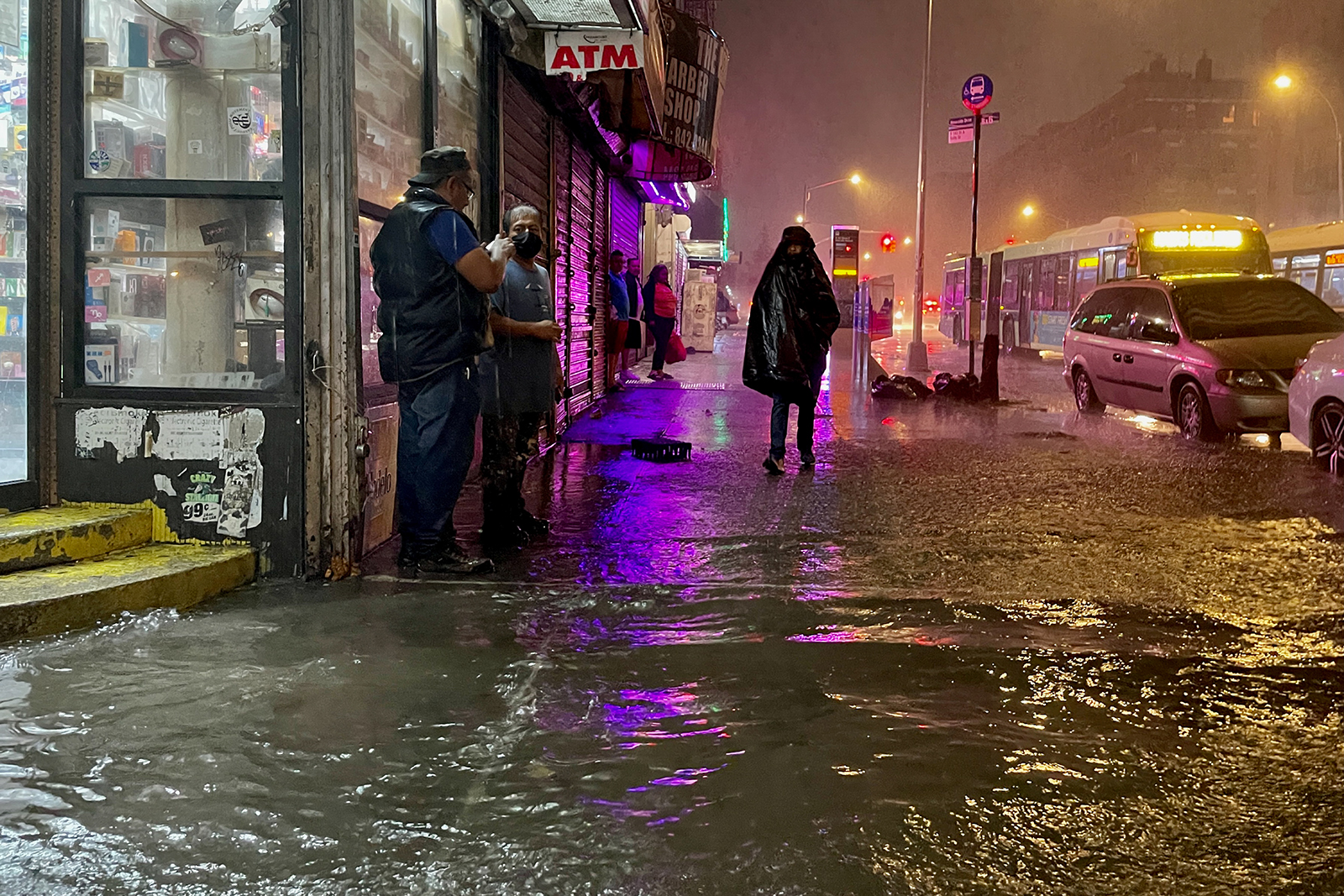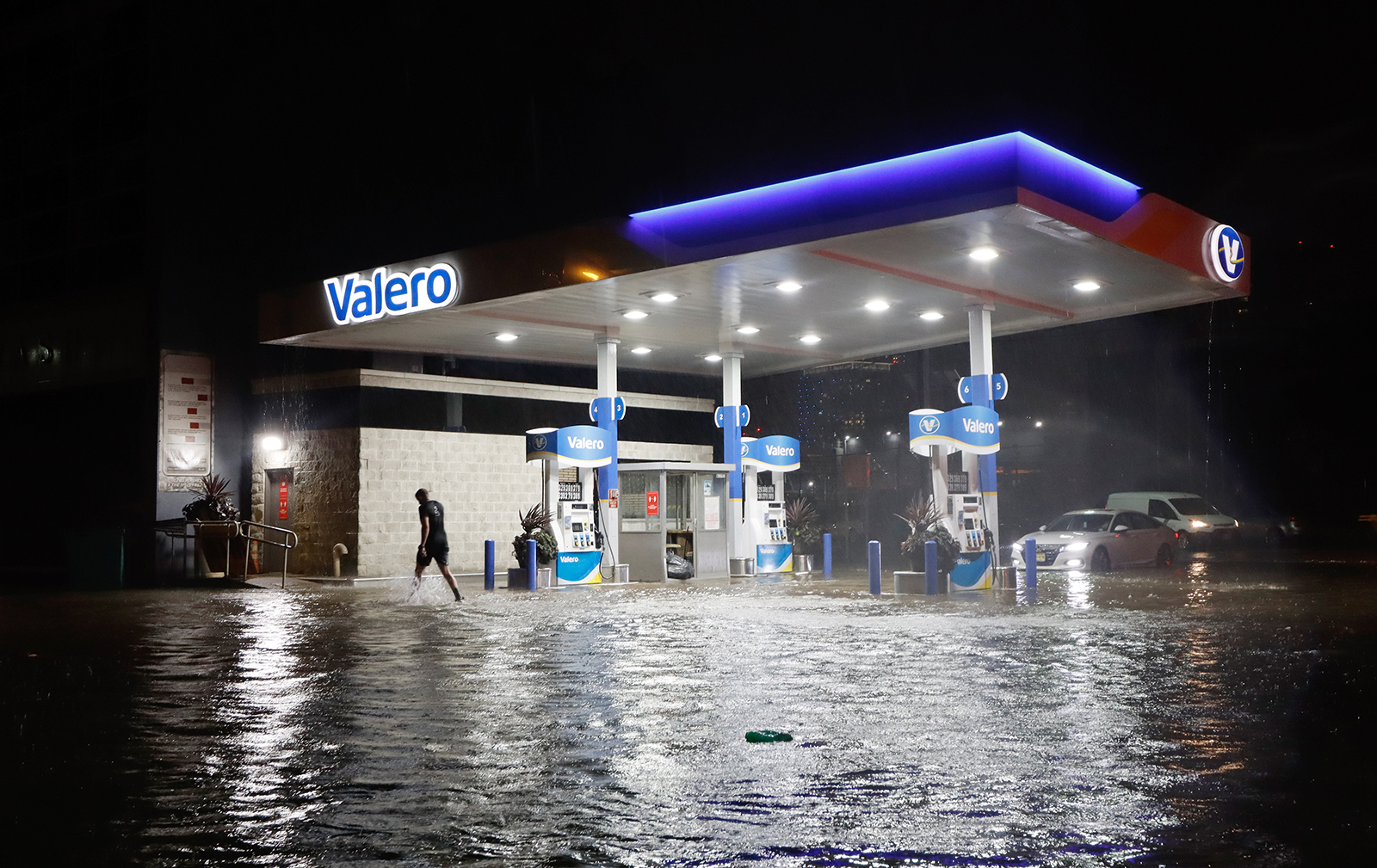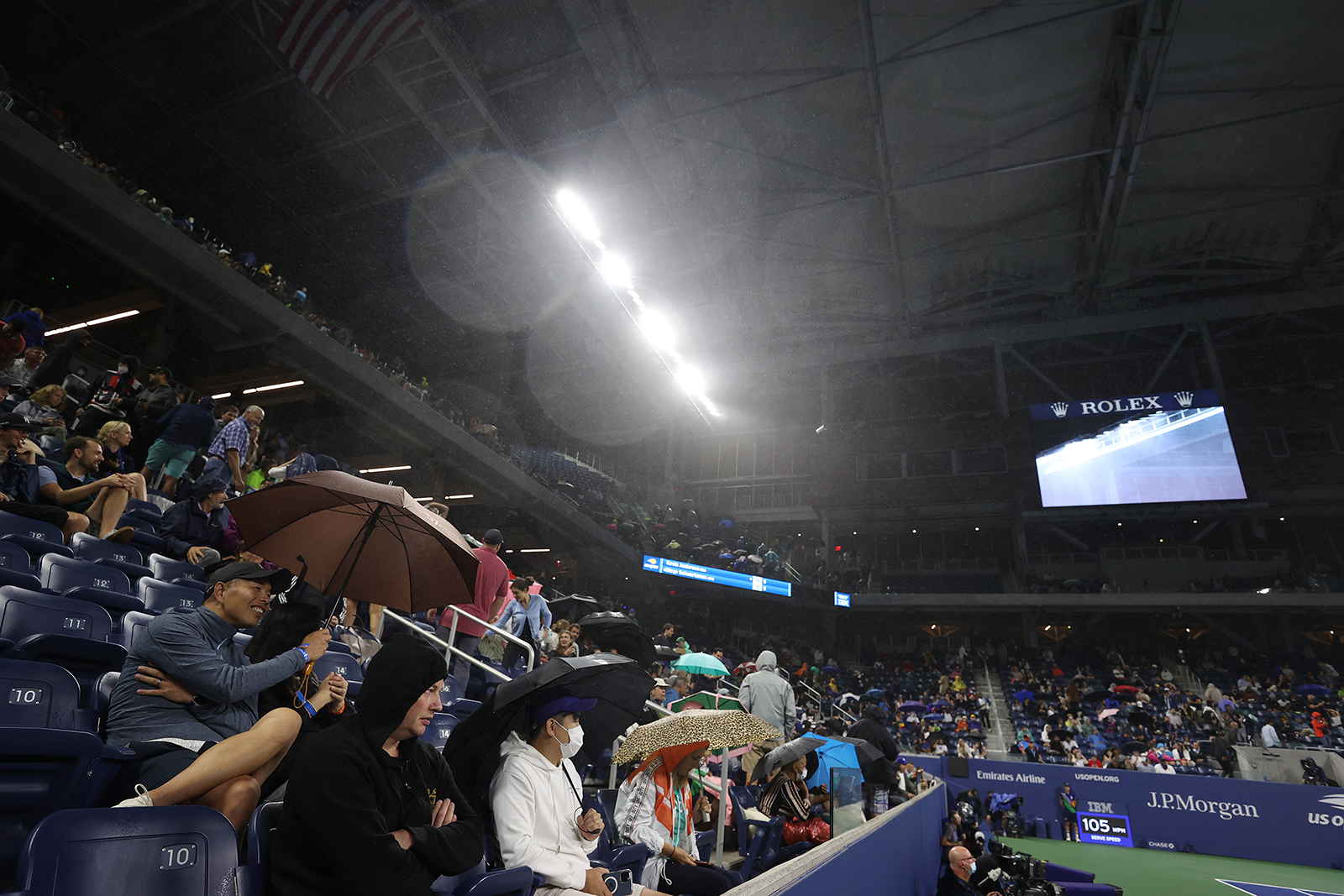
The remnants of Ida brought record levels of rain to the mid-Atlantic and northeast United States. Here are some of the records that fell:
- New York City issued its first-ever flash flood emergency.
- Central Park itself saw several records:
- The park recorded its wettest hour on record, with 3.15 inches (80 millimeters) from 8:51 to 9:51 p.m. ET. The previous wettest hour was recorded just two weeks ago during the "We Love NYC" concert.
- The rainfall in Central Park was a 1-in-500 year rainfall event, according to National Oceanic and Atmospheric Administration (NOAA) rainfall frequency data, with 5.2 inches (132 millimeters) falling in only three hours.
- The park recorded 6.95 inches (176 millimeters) of rain on Wednesday, making it one of the five wettest days in its recorded history. Weather records have been kept in Central Park since 1869.
- Newark, New Jersey experienced its wettest day in recorded history on Wednesday. The city saw 8.32 inches (211 millimeters) of rain, shattering the old record, set in 1977, of 6.73 inches (171 millimeters).
- In fact, Newark nearly reached its single-day record in just one three-hour period that saw 6.42 inches (163) pour down. To put that in context, NOAA considers 5.88 inches in that area in three hours a 1-in-1,000-year rainfall event.
- Flash Flood Emergencies, which are very rarely issued by the National Weather Service to indicate the imminent threat of catastrophic floods, stretched for 190 miles (306 kilometers) from west of Philadelphia through New York City.


